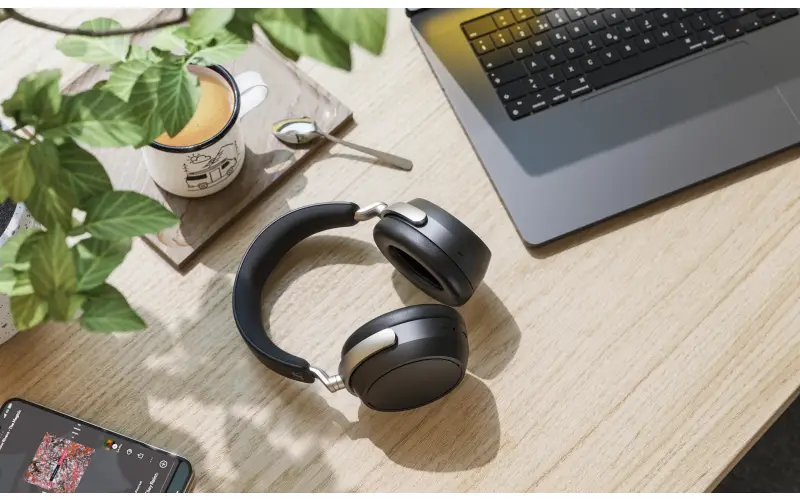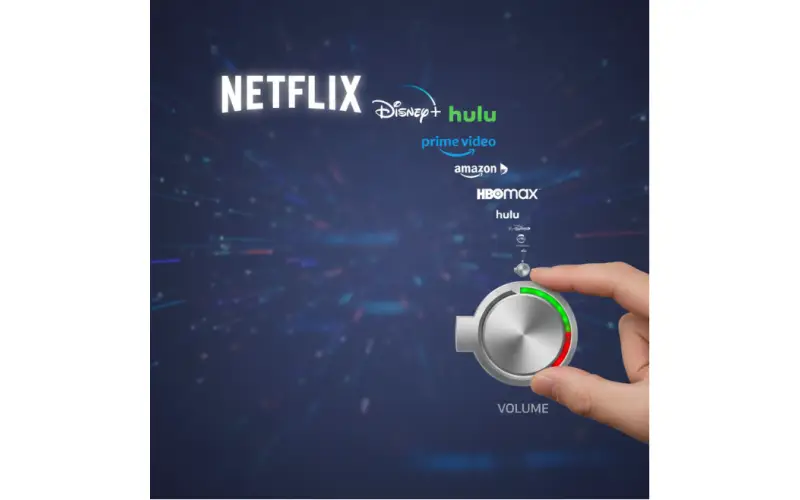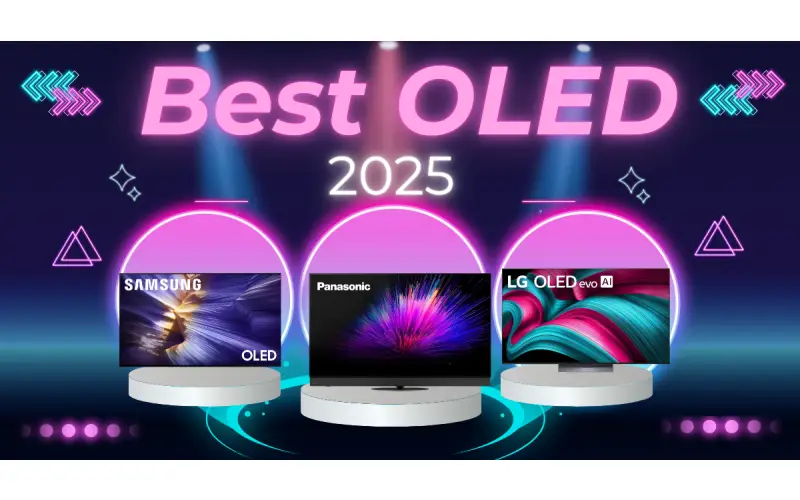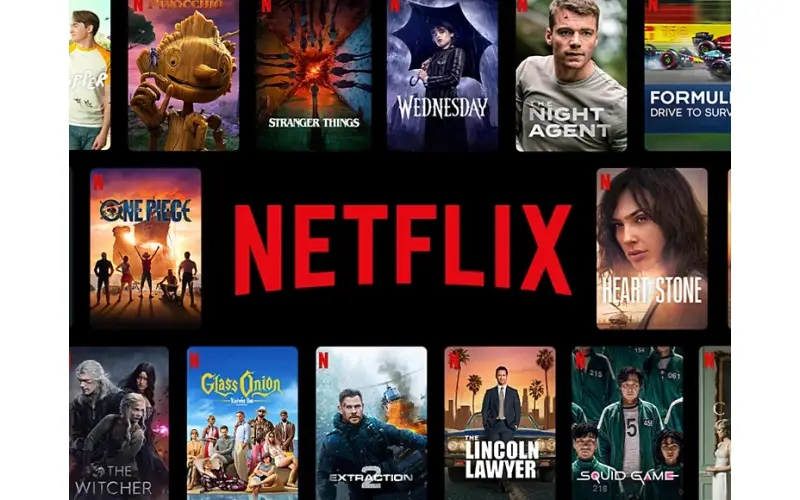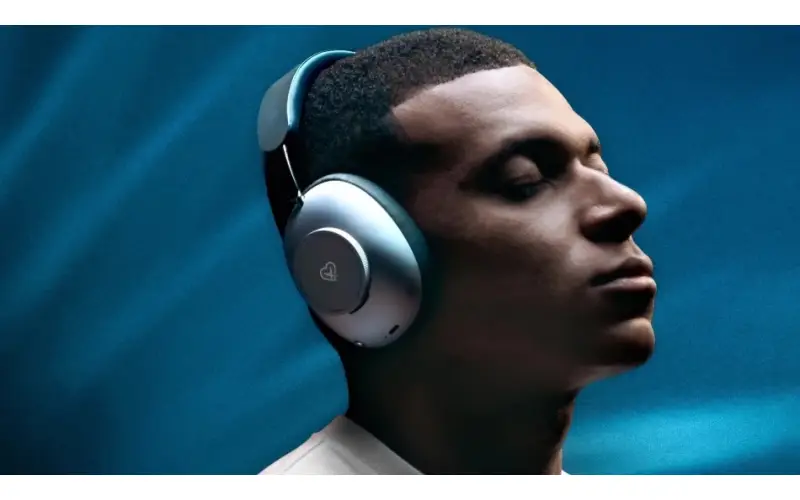By: Dipin Sehdev
In what may be the most consequential shake-up in the premium home audio space in years, Harman International—Samsung’s sprawling audio and electronics arm—has entered into a definitive agreement to acquire Sound United from Masimo Corporation for $350 million in cash. The sale, expected to close by the end of 2025 pending regulatory approval, marks a dramatic turning point for both companies and a new chapter for some of the most iconic hi-fi and home-theater brands in the world.
If you’ve been following the industry closely, this move shouldn’t come as a surprise. We reported back in November 2024 that Masimo was actively seeking to offload its consumer audio division following a rocky, short-lived stint in the AV world. Still, the sheer scale and implications of the deal are striking. Denon, Marantz, Bowers & Wilkins, Polk Audio, Definitive Technology, Classé, Boston Acoustics, and the HEOS streaming platform—all will soon be under the Harman banner, joining a portfolio that already includes JBL, Harman Kardon, Mark Levinson, AKG, Arcam, Revel, and the recently acquired Roon Labs.
The story is as much about opportunity as it is about failure. For Masimo, this is a humbling retreat. For Harman, it’s an aggressive play to control nearly every tier of consumer audio—from budget soundbars to reference-grade loudspeakers and networked whole-home ecosystems. But it also revives uncomfortable questions about Harman’s ability to sustain the legacy of premium brands under a conglomerate umbrella.
A $1 Billion Misfire: Masimo’s Short-Lived Audio Gamble
To understand the gravity of this moment, rewind to early 2022, when Masimo—a company best known for its medical devices and hospital monitoring tech—acquired Sound United for around $1 billion. At the time, the move was perplexing. Analysts and investors alike balked. Masimo’s stock plummeted 35% the day the deal was announced, a signal of institutional disbelief in the company’s pivot to consumer audio.
The backlash was fierce and fast. Activist investors forced a major board shake-up, and new leadership quickly moved to restructure. Masimo spun off Sound United as a standalone division, telegraphing their intent to find a buyer just 18 months after the acquisition. What followed was a quiet but aggressive search for a suitor capable of integrating a top-heavy stack of hi-fi brands.
Enter Harman.
Harman’s Acquisition Strategy: Brilliant or Overextended?
Harman is no stranger to absorbing premium brands. Since its own acquisition by Samsung in 2017, Harman has enjoyed deep pockets and strategic latitude. It has since expanded its footprint in automotive audio (with contracts across BMW, Audi, Mercedes-Benz, and more) while making calculated moves in consumer gear.
The acquisition of Roon Labs in November of 2023 for an undisclosed amount hinted at a broader ambition: creating an ecosystem that stretches from source to speaker, from audiophile network software to smart TVs and car dashboards. Adding Sound United’s powerhouse lineup of consumer brands solidifies that vision.
Yet Harman’s track record with previous hi-fi acquisitions is... complicated.
Ask any veteran audiophile what became of Lexicon or Infinity. Or how often they hear about Revel and Mark Levinson these days outside of luxury car brochures. These brands still exist, technically, but their presence in the broader consumer market has faded significantly. Critics argue Harman hasn't always shown the same reverence for heritage audio brands as smaller, specialized firms might have. Integration often leads to consolidation, cost-cutting, and eventually, a dimming of the brand’s once-proud identity.
That said, Harman has also succeeded in some areas, especially where scalability and product consistency are concerned. JBL, for instance, continues to thrive, with a robust catalog ranging from affordable earbuds to concert-grade PA systems. The company knows how to manage volume and distribution, and in some cases, has elevated its offerings through trickle-down tech from its premium lines.
So the question is: which path will the Sound United brands follow?
A Portfolio in Flux: Denon, Marantz, Bowers & Wilkins, and More
Let’s be clear: Harman isn’t just buying a bunch of names. It’s inheriting a universe of carefully positioned brands, each with distinct audiences and technology roadmaps.
- Denon is the workhorse—reliable, feature-packed, and consistently ahead of the curve on standards like HDMI 2.1, Dolby Atmos, DTS:X, and Dirac Live. It’s the brand you recommend to friends when they want their first “serious” AVR.
- Marantz skews aspirational, with minimalist aesthetics, toroidal transformers, and a flair for high-end performance without alienating design-conscious buyers.
- Bowers & Wilkins is the crown jewel. Its 800 Series loudspeakers have long been a benchmark in recording studios and luxury homes alike. Even its more accessible Formation series showed a real willingness to innovate in wireless high-performance audio.
- Polk Audio and Definitive Technology round out the middle. They’re practical, value-driven, and help capture the segment between entry-level and enthusiast.
- Classé and Boston Acoustics have been relatively quiet in recent years, but they carry legacy and IP that could be reinvigorated under the right leadership.
And then there’s HEOS, the hidden ace.
HEOS: The Bridge Between High-End and Everyday
Originally developed by Denon as a competitor to Sonos, HEOS has quietly become one of the most flexible, open, and technically capable whole-home streaming ecosystems on the market. It supports 24-bit/192 kHz hi-res streaming, voice-assistant agnosticism, grouping across AVRs and speakers, and tight multi-zone management. Crucially, it already runs on a wide range of Sound United hardware.
If Harman plays its cards right, HEOS could become the connective tissue between all of Samsung’s disparate consumer electronics—TVs, soundbars, smartphones, even smart appliances. Integrating HEOS with Samsung’s SmartThings platform and the Q-Symphony feature (which synchronizes TV speakers with external soundbars) could create an ecosystem that finally rivals Apple and Sonos in seamlessness and performance.
The big decision will be whether Harman keeps HEOS as a distinct platform, merges it into its existing Music Life app, or rebrands entirely. Any choice carries implications for user experience, developer support, and customer retention.
The Future of AVRs: A Four-Brand Balancing Act
One of the more delicate challenges will be managing Harman’s now-bloated AVR portfolio. Post-acquisition, the company will oversee four overlapping lines: Denon, Marantz, JBL Synthesis, and Arcam.
Each has a legitimate reason to exist. Denon leads with volume and technology. Marantz appeals to design-led buyers and serious cinephiles. JBL Synthesis targets custom cinema installations with professional calibration tools. Arcam straddles the line between custom install and high-performance two-channel gear.
But the overlap is real—and potentially costly. Differentiating these brands while preventing cannibalization will be a tightrope act. Harman has the engineering depth to manage it, but it will need to maintain clarity in brand identity and avoid diluting performance across the lines.
Samsung’s Role: A Global Distribution Network with a Smart TV Edge
Samsung’s backing gives Harman more than just capital—it opens up a powerful channel for distribution and integration. Imagine Denon receivers with Samsung-specific tuning, Marantz amps that show up as native audio outputs on QLED TVs, or Bowers & Wilkins speakers that tap into SmartThings scenes or respond to Bixby voice commands.
There’s also potential synergy in product development cycles. Samsung’s push into 8K video, AI upscaling, and smart-home control meshes well with high-performance audio. We could see tighter lip-sync over eARC, wireless rear-channel solutions with sub-millisecond latency, or room correction profiles stored in the cloud and shared across devices.
What Went Wrong at Masimo?
Ultimately, this acquisition underscores what many suspected from the start: Masimo never really wanted to be in the consumer audio business.
The company excels in precision med-tech, not mass-market electronics. Its acquisition of Sound United looked speculative at best and reckless at worst. Masimo never fully integrated the brands, never leveraged them to develop meaningful synergy with its core business, and failed to inspire long-term confidence from investors or the audio community.
In hindsight, Sound United was a trophy collection—a portfolio of pedigreed names with little strategic alignment to Masimo’s healthcare goals. That disconnect eventually led to the divestiture we’re seeing now. For Masimo, this is a loss—financially, strategically, and reputationally. They held some of the finest audio brands on the planet and couldn’t figure out what to do with them.
What’s Next?
Assuming regulatory approval goes through, consumers should expect the effects of this deal to manifest in the 2026 product cycle. Engineering teams from Denon, Marantz, and JBL may begin collaborating on firmware platforms, room correction algorithms, and hardware design. HEOS could be re-architected for deeper integration with Samsung’s broader ecosystem. Bowers & Wilkins might expand its wireless lineup to compete more directly with Sonus Faber, KEF, and Focal.
There’s also an opportunity here for Harman to revive brands that have gone quiet. With the right investment and creative direction, Classé could return as a boutique electronics powerhouse. Boston Acoustics might evolve into a lifestyle brand for smaller spaces and smart audio setups.
Final Thoughts: A Cautious Optimism
The Harman-Sound United deal is massive, and the stakes are high. On one hand, it consolidates some of the best-known names in audio under a company with real manufacturing muscle and global reach. On the other hand, it risks the very thing that made these brands special—independent thinking, slow-burn innovation, and fidelity to core audiences.
Still, there’s reason for optimism. Harman’s acquisition of Roon shows it understands the future of audio lies not just in hardware, but in connected ecosystems, metadata, and user experience. If it applies that thinking to Denon, Marantz, HEOS, and Bowers & Wilkins, the outcome could be a renaissance for premium home audio.
The key will be patience. Harman must resist the urge to homogenize or over-commoditize. If it can walk that line—preserving the soul of each brand while scaling their reach—it could rewrite the playbook for high-end audio in the 2020s.

